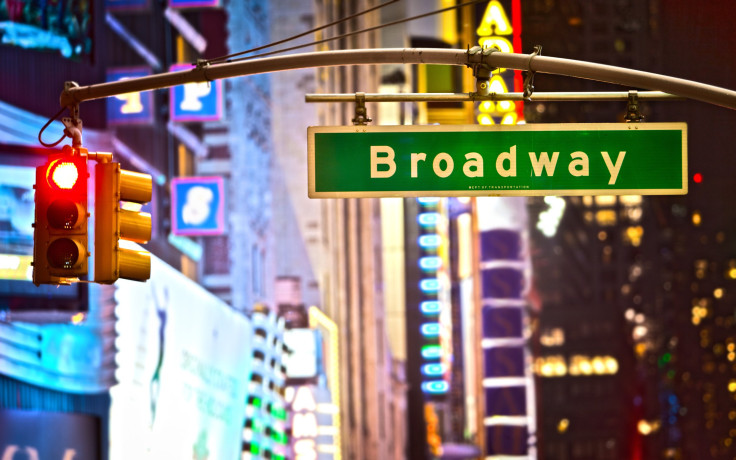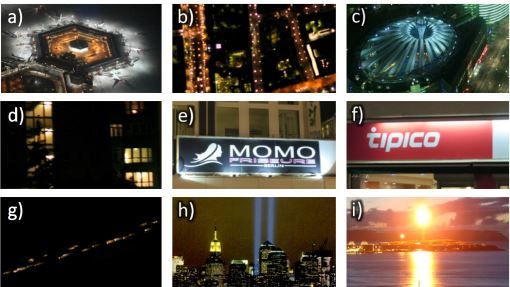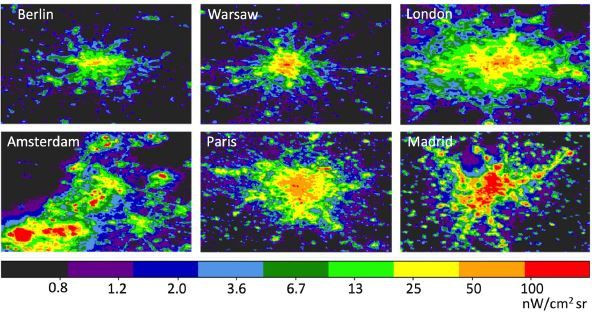Light Pollution Update: German Cities Emit Less Light Per Capita Than Same-Size American Cities

Photographs of the Earth at night are an exceptional source of data, and in 2012 with the introduction of two new spaceborne detectors, the quality of nighttime photography improved dramatically. A study based on this new data found German cities emit several times less light per capita than American cities of a similar size. Interestingly, the gap widened as city size expanded, with light per capita increasing with city size in the United States while decreasing with city size in Germany.
The study also found one unexpected regional difference. Remarkably, light emission per capita ranged higher in the cities of the former East Germany than in those of the former West. This discovery strengthens scientific claims as to the cause of light pollution. Bad lighting design, according to National Geographic.
The Cause Of Light Pollution
Instead of focusing artificial light downward, poor-design allows light to shine outward and upward, where it is not needed or wanted. Such lighting alters atmospheric levels and the rhythms of light to which we and all other life forms have adapted. In fact, whenever artificial light spills into the natural world, migration, reproduction, feeding, or some other aspect of animal life is affected. For instance, unnaturally long days — from the perspective of an animal ignorant of artificial light — induce early breeding in various breeds of birds and in turn this impacts their migration schedules.

Humans, too, are affected by light pollution. Day and night are essential to our internal biological clock, and, since our circadian rhythms are dependent on these natural rhythms of light, biological consequences may result when they shift. Some studies indicate a correlation exists between higher rates of breast cancer in women and the nighttime brightness of their neighborhoods.
For the current study, Dr. Christopher Kyba and his co-researchers at the German Research Center for Geosciences studied visible light at night using the two latest detection instruments: the European Space Agency's NightPod and the Suomi National Polar-orbiting Partnership (NPP) satellite (a collaboration from NASA, the National Oceanic and Atmospheric Administration, and the Department of Defense). Data culled from these new instruments allowed the researchers to identify and also measure individual sources of light pollution for the first time.

In Megacities located in developing countries, for instance, the brightest light sources were typically airports or harbors, the researchers discovered. By contrast, the brightest areas in Europe’s capital cities were most often city centers and stadiums — primarily leisure-time activities. From a practical standpoint, then, the researchers hope their maps of nighttime light emission will provide useful information.
"Identifying areas where light could be more efficiently used will make it possible to save energy, reduce costs, and reduce the impact of artificial light on the nighttime environment,” Dr. Franz Hölker, Leibniz Institute for Freshwater Ecology and Inland Fisheries and co-author of the study, stated in a press release.
To get the most out of the new, highly sensitive spaceborne detection instruments and resulting light pollution maps, the researchers say they will need to study nighttime in detail. This would include analysis of light spectrums, direction of light emission, and changes in light use over time.
Source: Kyba CCM, Garz S, Kuechly H, et al. High-resolution imagery of Earth at Night: new sources, opportunities, and challenges. Remote Sensing. 2015.



























